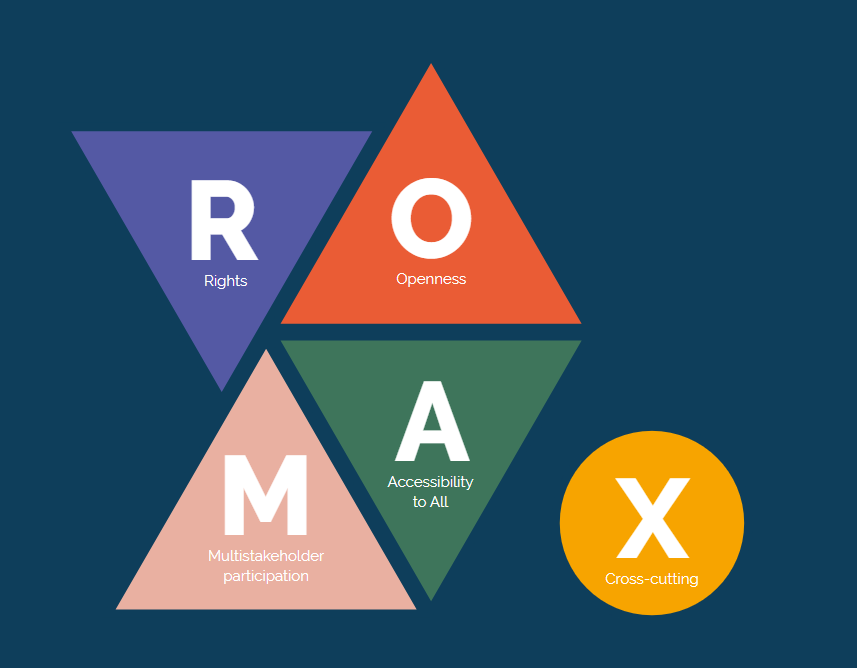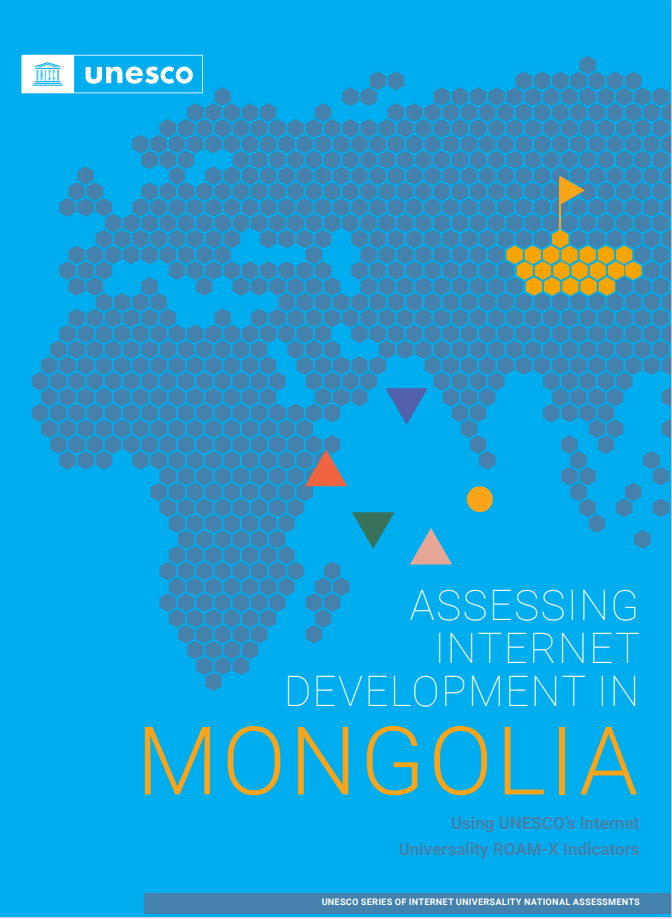UNESCO’s Internet Universality Indicators are a set of 303 indicators that aim to assess the state of Internet development at the national level according to the ROAM principles of human Rights, Openness, Accessibility, Multi-stakeholder participation.
- •R – that the Internet is based on human Rights
•O – that it is Open
•A – that it should be Accessible to all, and
•M – that it is nurtured by Multistakeholder participation. - You can read more about UNESCO’s Internet Universality by following the link below:
- https://unesdoc.unesco.org/ark:/48223/pf0000367617

Digital Era NGO has been implementing the project to assess the Internet environment of Mongolia comprehensively by using the Internet Universality Indicators since December 2021. In March 2022, the organization translated the Internet Universality Indicators to Mongolian, which is the official beginning of the project implementation. During the translation process, members of the research team were selected based on the professional sectors and experiences. Then initial findings and recommendations of the research were introduced and discussed at the validation meeting attended by the members of the assessment working group and relevant comments and feedback were incorporated into the report finalized in January 2023.
Mongolia’s National Assessment is the 6th edition of the UNESCO Publication Series on Internet Universality National Assessments.
Our report is currently waiting for the confirmation from UNESCO and will be published here and on UNESCO’s website soon.
You can find the other countries’ reports by following the link below:
https://www.unesco.org/en/internet-universality-indicators/national-assessments-reports
